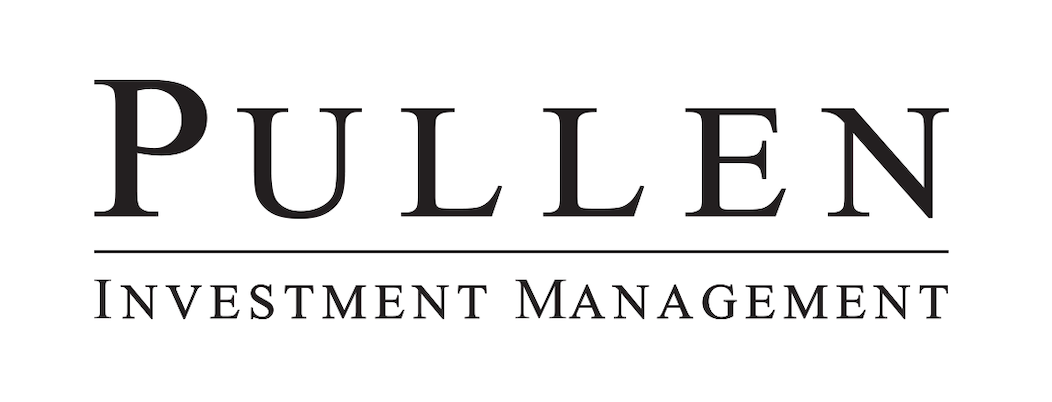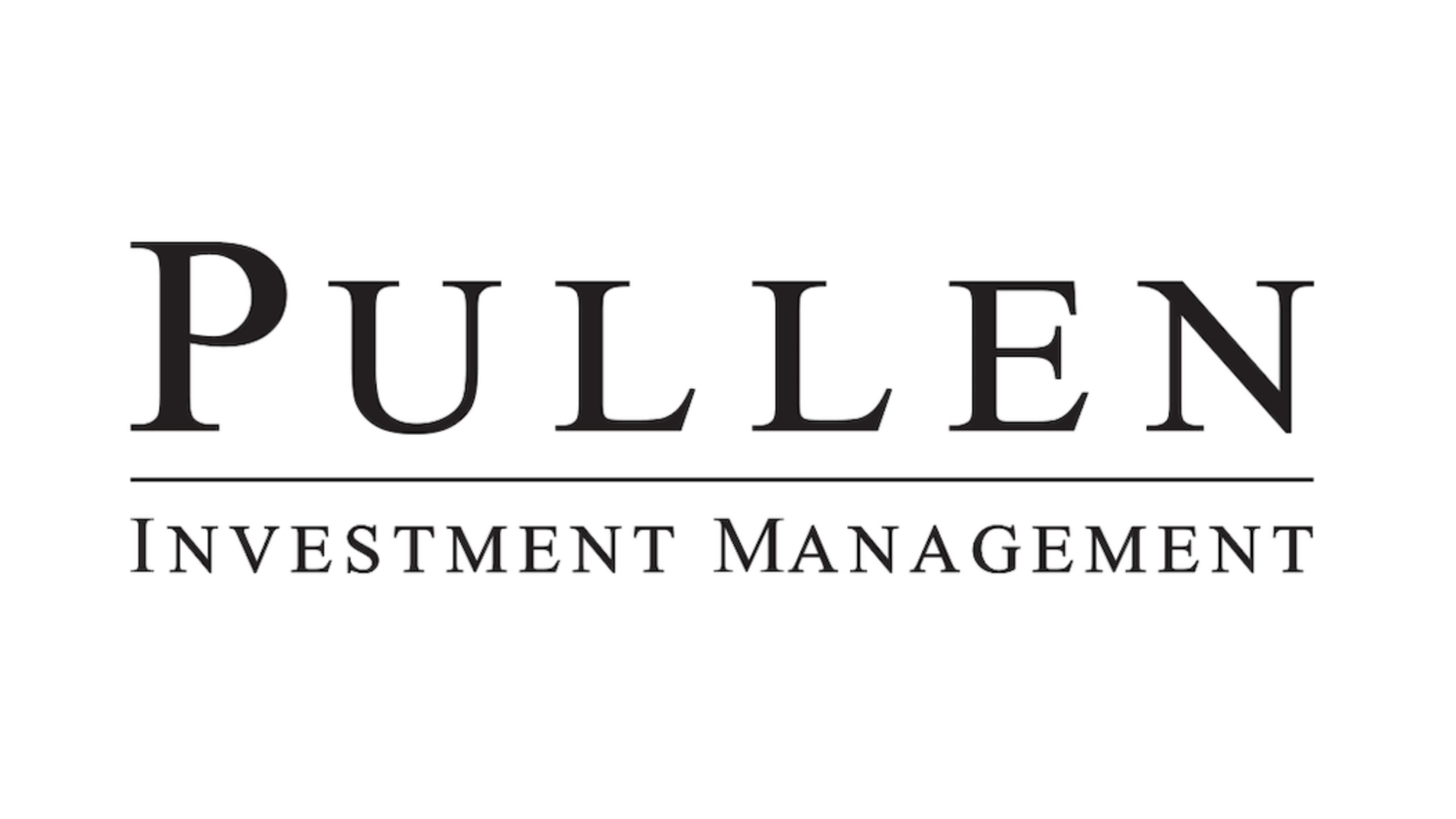Q2 - July 2023
Speculative growth stocks and mega-cap tech companies which are now being called the “Magnificent Seven” have bounced back after a dismal 2022. We still view this as a tough market overall as corporate earnings decline, valuations are not broadly attractive, and there are more investable alternatives than in years past, i.e., Treasury bills. We would point to the well documented narrow leadership within the equity markets as confirmation that this is not a “rising tide” that is easy to ride. The return of short term interest rates is affecting both financial markets and corporate decision makers. A basic concept of finance (and common sense for that matter) involves comparing the potential return or yield on an investment or project versus others uses or potential returns that are available. For most of the past 13 years, the risk free rate has been essentially zero so most every idea or investment looked attractive, at least relatively speaking! Now you get paid 5% to take no risk! That is a legitimate hurdle that would have tripped up many projects, acquisitions and investments that received funding in the past decade, and we are hearing similar discussion from companies.
When it comes to the broader equity market, a recent observation was made that the yield on the 1-year Treasury was greater than the S&P 500's forward earnings yield (expected earnings divided by price), a first since late 2000¹. This is a bit hypothetical, but if you were to purchase or own the broad market right now and you could keep 100% of the earnings per share generated by the companies within the index, you would earn less of a return than what you would get if you bought a 1-year government bond. What is especially troubling about this dynamic is that the earnings number (the numerator of that equation) has been declining since May of last year. 10 years ago, the S&P 500 was around 1,600, and its expected earnings yield was around 7% greater than the yield on the 1-year Treasury. Today the S&P is 4,490 and it is 0.2% below the 1-year bond’s yield. The headline market index could continue to rise, and its earnings could rebound, something that cannot occur with a government bond, BUT the equity market offers a much thinner return to its investors today than it has in decades at least relative to a near risk free alternative.
So what happened in the market during the quarter?
Slower or easing inflation, a Fed that is not hiking rates as aggressively as they did last year and the ring-fencing of the banking crisis that led to two sizable bank failures in March is our best effort to explain the rising markets in 2Q. Sometimes it is just that, the absence of bad news or less bad news to get things up.
Six months into 2023 and the year is looking like the inverse of the start of 2022, when the markets tanked, and the popular and more speculative growth stocks sank the most. The Nasdaq surged 15.4% in the quarter and posted its best first half since 1983. The 30-stock Dow boasted a more modest gain of 4.0%. The smaller companies and value stocks held in much better in 2022, but they are struggling relative to their big-cap growth peers this year. To put some numbers to it, the Russell 1000 Growth index (big growth) was up 12.8% in the quarter, while the Russell 2000 Value index (small value) trailed its peer by 9% points. The recession that appeared to be on our doorstep has stopped knocking as loudly, but there are still clear signs of weakness. Retail sales (ex-Autos) and Industrial Production have slowed to a crawl, and we are in a legitimate corporate earnings recession with a -2% year-over-year contraction for the S&P 500 Index EPS and a more significant -14% drop for the small-cap index. Some of the earnings pressure is sales-related, but costs are not rolling over in lockstep and therefore margin pressure is a problem. Shipping and some commodities have pulled back, but higher borrowing costs and a tight labor market are keeping other costs elevated, so profits are suffering. If margins continue to return to their pre-covid levels or longer-term averages, it will mean lower earnings.
Not much has changed in terms of our positioning since our April commentary. We still maintain a more cautious positioning (more defensive holdings and higher levels of cash or treasury bills), and we have a heightened preference for earnings stability when we are shopping for new names or assessing our current portfolio holdings. Geopolitical risks have not receded, and while there is evidence on both side of the argument to justify a pause by the Fed or more hikes, we are of the view that they do not want to ease prematurely, so the odds of too much or a real recession are greater than too little and a soft landing. Every earnings season is informative, but on the eve of the 2nd quarter announcements, we think this season will be especially helpful, so stay tuned.
As always, we look forward to speaking to you about your individual account, and we welcome any questions you might have. Our priority is serving you as best as we can, so if there is anything that you need from us, please do not hesitate to ask.
Tyler Pullen, CFA
Portfolio Manager
¹ Warren Pies @WarrenPies on Twitter, 6/29/23, 3fourteenresearch.com
Past performance does not guarantee future results. Market conditions can vary widely over time and can result in a loss of portfolio value. In accordance with the rules of the Securities and Exchange Commission, we notify you that a copy of our ADV, Part 2A and 3 filings with the SEC is available to you upon request.




